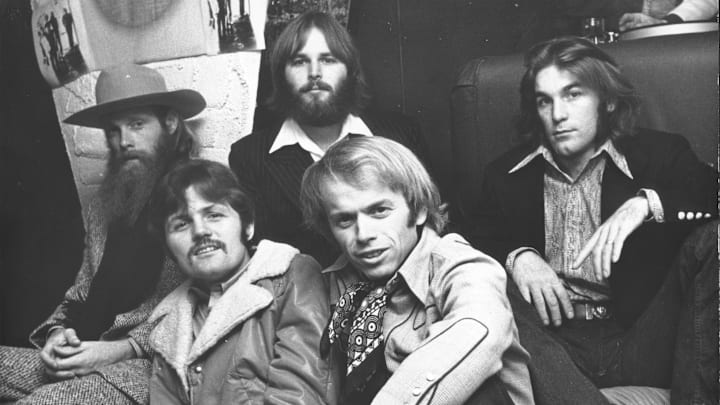1. 20/20 – The Beach Boys
An impressive collection of material that spans a wide range of genres with all members of the group contributing to the writing and recording of this album. By this time, group leader Brian Wilson had stepped away from being the group’s artistic lodestar, so other members – specifically drummer Dennis Wilson – were able to flex their creative muscle more so than on any Beach Boys albums prior to it.
Speaking of that, 20/20 was a far better album than the ones that led up to it, despite it being comprised of tracks that were outtakes and leftover recordings so the group could fulfill their Capitol Records contract.
While the album is not necessarily cohesive, it does feature some of the best tracks the group recorded since the watershed Pet Sounds, or at least since the brilliant “Heroes & Villains.” “All I Want to Do,” written by Dennis Wilson, is given an impressive vocal treatment from Mike Love and might feature his best-ever recorded vocals.
Opening track “Do It Again” features an interesting gated drum intro and leads directly into what might be the best song on the album: the towering "I Can Hear Music," a cover of a song by the Ronettes from 1966, which features a pure, sweet lead vocal take from Carl Wilson, who had come into his own as a singer by this point with Brian taking a backseat creatively.
The album features a far wider range of material than the group had pursued before – likely because the group was more democratic by this point without focal point Brian leading the charge. Tracks such as Bruce Johnston’s “The Nearest Faraway Place,” which is perhaps the group's finest-ever instrumental, sit side-by-side with Al Jardine’s traditional folk exploration of “Cotton Fields,” which was also covered by CCR on one of the best U.S. rock albums of 1969.
The album ends with two seminal tracks from the Smile sessions, which was the album that was meant to follow Pet Sounds: the stirring a capella exultation "Our Prayer" as well as the intriguing and sweetly melodic "Cabinessence.”
While this Beach Boys album doesn’t receive as many headlines as earlier works, it is still an incredible achievement considering the splintering interpersonal dynamics behind the scenes, and it shows that the group was far more than just Brian Wilson and his backing band.
